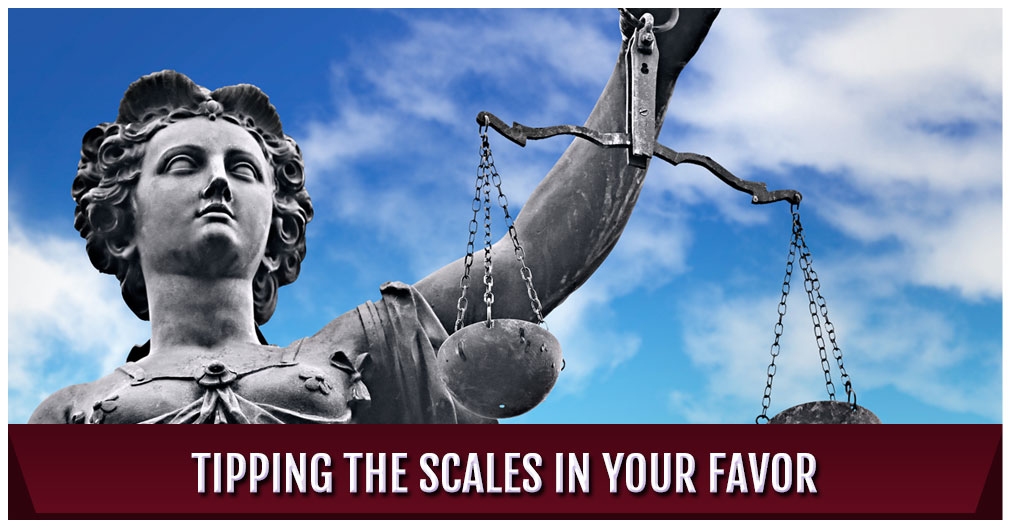Board Duties During a Sale Best Carried Out with Legal Guidance
When a corporation is being sold, merged, or acquired, the duties of the board of directors shift.
The board members must not think of the business’ survival and instead focus on getting the best price and upholding the shareholders’ interests. Of utmost importance is the duty of care for the directors to utilize and gather all the materially accurate information to be able to determine the most appropriate buyer and make the most informed decision.
The business judgment rule will be used by the courts to see if the duty of care was upheld. This rule analyzes if actions were done in good faith and in line with how a reasonable person would have acted.
Board members should not be acting with self interest, bias, or only looking to preserve their roles. This duty of loyalty also includes the board of directors disclosing any conflicts of interest and a duty of confidentiality to prevent potentially harmful publicity or crises.
In real terms, all efforts must be made to receive the highest value for the corporation. Any preference for one bidder over another should be in line with getting the maximum price. If bias is discovered or a dispute ensues because favoritism is occurring for the wrong reasons, a breach of fiduciary duty can be claimed.
The courts recognize that even when the sale of a corporation is completed, some amount of business risk is taken. If the board of directors has made a decision that is in the shareholders’ best interests to further its’ goals, board members will be greatly protected from liability. But if the duties of care, loyalty, and disclosure are not upheld, a lawsuit can ensue. When wrongdoing is proven and shown to have caused damage to the shareholders, compensation for actual damages and sometimes even punitive damages can be sought. Courts do not rule favorably in circumstances where a board of directors or select individuals on the board have a conscious disregard for their duties in a sale, merger, or acquisition.
It is therefore advised to have a team in place to help the board of directors make the soundest judgments when an opportunity arises for the business to change ownership. An experienced business attorney is essential for the board of directors to have to review their duties and actions as the research and transactions unfold. Enlisting a competent attorney ahead of time can help to minimize risk and comply with all pertinent regulations.
Anthony Spotora is a Los Angeles business lawyer and Los Angeles business litigation lawyer. To learn more, visit Spotoralaw.com.
 RSS
RSS FAQ
FAQ Clients
Clients















